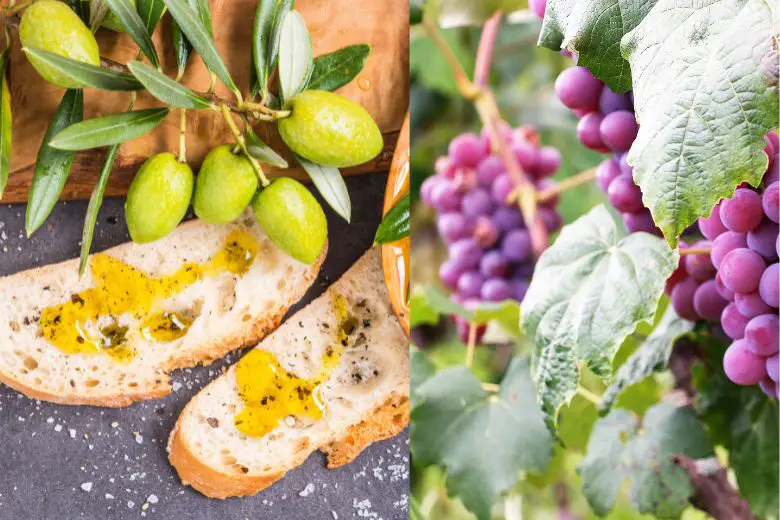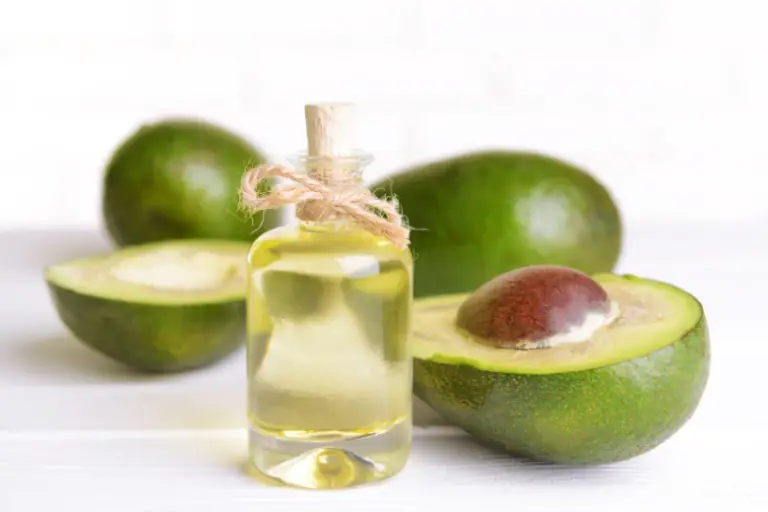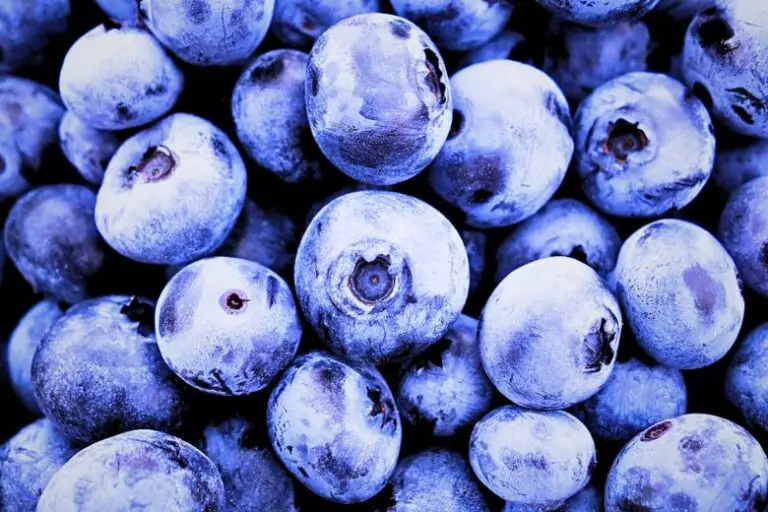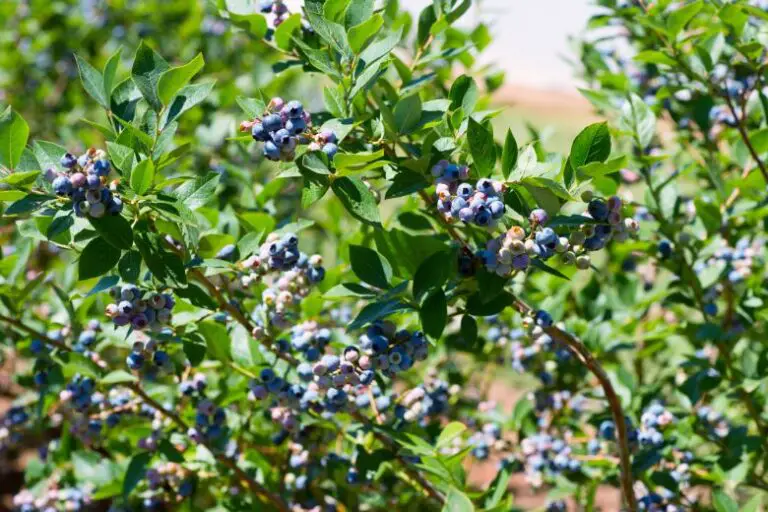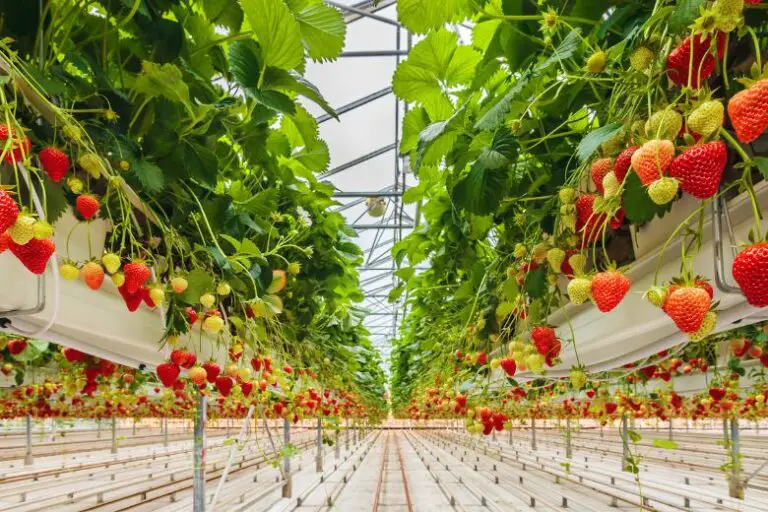Are Olives and Grapes Related
The world of botany often reveals unexpected relationships between plants, and the query about the relation between olives and grapes certainly captures attention. While they may appear distinct at first glance, delving into their botanical classification and genetic makeup sheds light on any potential connections.
The Botanical Classification
Olives, scientifically known as Olea europaea, belong to the Oleaceae family, whereas grapes, scientifically referred to as Vitis vinifera, are part of the Vitaceae family. This distinct classification suggests that these two fruits are not directly related from an evolutionary standpoint. However, there might be shared ancestors that tie them together in surprising ways.
Shared Ancestors: Exploring Genetic Links
Research has revealed that olives and grapes share certain genetic characteristics that hint at a common ancestor. Although their families differ, both plants belong to the larger group of flowering plants, known as angiosperms. This shared ancestry could explain some of the similarities they exhibit in terms of growth patterns and reproductive mechanisms.
Nutritional Comparison: Similarities and Differences
When examining the nutritional profiles of olives and grapes, we find both similarities and differences. Both fruits are rich in antioxidants, offering various health benefits. However, olives are known for their healthy fats, particularly monounsaturated fats, while grapes are lauded for their natural sugars and polyphenols. The nutritional diversity between these fruits reflects their unique evolutionary paths.
Historical and Cultural Significance
Throughout history, olives and grapes have held immense cultural and symbolic importance. Olives are deeply rooted in Mediterranean cultures, symbolizing peace and fertility. Grapes, on the other hand, have been associated with wine-making and religious symbolism. These distinct cultural connections highlight their individual roles in human civilization.
Culinary Uses and Health Benefits
Both olives and grapes have found their way into kitchens around the world, offering exceptional flavors and health benefits. Olives are transformed into oil, enjoyed both as a cooking ingredient and a dressing. Grapes, meanwhile, are not only savored as a fresh fruit but are also fermented to create wines and vinegars, boasting potential cardiovascular benefits.
Olive Oil vs. Grape Juice: A Contrasting Duo
Olive oil and grape juice stand as remarkable culinary products derived from these fruits. Olive oil, known for its versatility and health advantages, has become a staple in kitchens globally. On the other hand, grape juice, while also celebrated for its nutritional value, offers a contrasting sweet and refreshing experience.
Growing Olives and Grapes: Horticultural Insights
Cultivating olives and grapes involves distinct horticultural practices. Olives thrive in warm, subtropical climates and require well-drained soil. Grapes, however, flourish in temperate regions and necessitate careful pruning and trellising. Understanding their growth requirements is essential for successful cultivation.
Can They Cross-Breed? The Curious Case of Hybridization
Cross-breeding olives and grapes is a complex undertaking due to their genetic differences. While hybridization between these fruits is theoretically possible, the practical challenges involved in combining their traits have limited significant success. Nonetheless, ongoing research explores the potential for creating new olive-grape hybrids.
The Symbolic and Mythical Connection
Ancient myths and symbolism often intertwine olives and grapes. Olive branches signify peace, as seen in the olive wreaths awarded to Olympic champions. Grapes, on the other hand, are linked with Dionysus, the Greek god of wine and celebration. These symbolic associations continue to influence cultural narratives.
Sustainability and Farming Practices
As sustainable farming gains prominence, both olive and grape growers are adopting eco-friendly practices. Reduced pesticide use, efficient water management, and biodiversity conservation efforts are transforming the landscape of olive and grape cultivation. This shift reflects a broader commitment to environmental well-being.
Exploring Olive and Grape Varieties
The world of olives and grapes is incredibly diverse, with a multitude of varieties to explore. From Kalamata olives to Thompson Seedless grapes, each type offers a unique taste and appearance. Exploring these varieties adds depth to culinary experiences and widens the array of flavors available.
Research and Modern Applications
Contemporary research continues to unveil new insights into the properties and potential of olives and grapes. From studying their health benefits to discovering innovative uses for byproducts, ongoing scientific investigations ensure that these fruits remain at the forefront of culinary, medicinal, and industrial advancements.
FAQs
- Can olives and grapes be grown together?
- While possible, the differing growth requirements make it challenging to cultivate them in close proximity.
- Are there any allergic reactions associated with olives and grapes?
- Allergies to olives and grapes are rare, but individuals with sensitivities may experience mild symptoms.
- Do olives and grapes have similar environmental preferences?
- No, olives prefer warmer climates, while grapes thrive in temperate conditions.
- Are there seedless olive varieties like seedless grapes?
- Yes, there are some seedless olive varieties, although they are less common.
- Can olives be used to make beverages like grapes?
- Olives are not typically used to make beverages like grapes, as they have a distinct taste and texture.
Conclusion
In the world of botany, olives and grapes may not share an immediate evolutionary lineage, but they are connected through shared genetic traits and cultural significance. From their historical roles to their diverse culinary and health applications, these fruits continue to captivate our senses and offer insights into the rich tapestry of the plant kingdom.

